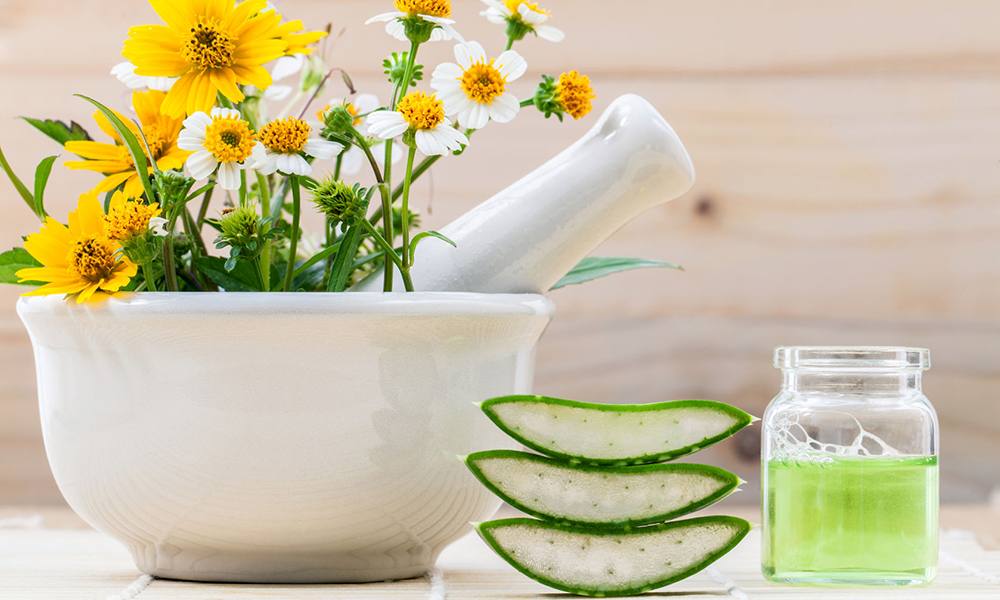KEY QUESTIONS
The review sought to address two key questions:
1. “What are the comparative benefits and harms of different pharmacological therapies for acute or chronic nonradicular low back pain, radicular low back pain, or spinal stenosis?” Compared were findings for NSAIDs, acetaminophen, opioids, muscle relaxants, antiseizure medications, antidepressants, corticosteroids, and topical/patch-delivered medications.
2. “What are the comparative benefits and harms of different nonpharmacological noninvasive therapies for acute or chronic nonradicular low back pain, radicular low back pain, or spinal stenosis?” Compared were multidisciplinary rehabilitation, exercise (various types), physical modalities (ultrasound, transcutaneous electrical nerve stimulation, electrical muscle stimulation, interferential therapy, heat [various forms], and ice), traction tables/devices, back supports/bracing, spinal manipulation, various psychological therapies, acupuncture, massage therapy (various types), yoga, magnets, and low-level lasers.
In comparing these more than 30 different therapies, information was gleaned from hundreds of studies looking at two main measurements:
1. How great an effect was found for pain relief?
2. How great an effect was found on functional improvement?
Also measured was the “strength of evidence” (SOE) of the different studies. In measuring pain and function the effects were categorized as either “no effect”, “small effect”, “moderate effect” or sometimes “no evidence”. For SOE the evidence was either “insufficient”, “low” or “moderate”. It is important to note that for all of the therapies and all categories of measurement, none of the findings were rated any higher than “moderate.”
HOW ACUPUNCTURE COMPARED
So how did acupuncture match-up to the 30 or so other therapies? Let’s start with chronic low back pain since that by definition is a more stubborn problem and also because the researchers in this review state that the volume of studies done for non-drug therapies is considerably greater for chronic low back pain.
In a table labeled “Nonpharmacological treatments versus sham, no treatment, or usual care for chronic low back pain” (table G) there were 25 interventions listed. Only three of those scored as high as “moderate” in both magnitude of effect for pain reduction and functional improvement. Those three were –
1. yoga vs. usual care
2. progressive relaxation vs. wait list control
3. acupuncture vs. no acupuncture
Out of these three, only the acupuncture “strength of evidence” was also rated as moderate for both pain reduction and functional improvement. This means that only acupuncture vs. no acupuncture had the highest rating across the board of “moderate” in all four possible categories.
In the case of the different pharmacological treatments for chronic low back pain only NSAIDs and Tramadol scored as high as a moderate for reducing pain and a “small” magnitude for improving function. Most drugs did not show any measurable reduction of pain or improvement of function while the highly controversial opioids showed “small” effects for both pain and function. Interestingly, only acupuncture was measured against medications for chronic low back pain and was found to have a small effect favoring acupuncture over medications for both pain and function.
For the less studied acute and subacute low back pain, acupuncture showed a “small” effect over sham acupuncture and no effect over sham for function. Massage, heat wraps, and low level laser were found to have moderate levels of pain relief over sham/placebo.
WHAT DOES THIS TELL US ABOUT ACUPUNCTURE?
The skeptics have been saying for decades that studies show that real acupuncture does not do better than sham acupuncture. In the table on chronic pain, acupuncture vs. sham acupuncture was found to have a moderate effect on reducing the magnitude of pain vs. sham acupuncture – the highest effect seen on any measurement of 30 therapies. In the table on acute and subacute low back pain, the real acupuncture was found to have a small effect beyond sham. The only time this review did not find “real” acupuncture” outperforming sham acupuncture was in measuring the magnitude of improvement of physical function. Nothing in this comprehensive review would make an unbiased observer come away with the impression that acupuncture must only be placebo although they might end up thinking that about many medications!
Here is how the review of (real) acupuncture vs. sham was summarized in the Key Findings section that starts off the review findings for each therapy evaluated:
Key Points
• “For acute low back pain, a systematic review found acupuncture associated with lower pain intensity versus sham acupuncture using nonpenetrating needles (2 trials, mean difference 9.38 on a 0 to 100 VAS, 95% CI 1.76 to 17.0, I2=27%); three other trials reported effects consistent with these findings. One trial of sham acupuncture using penetrating needles to nonacupuncture points found no effect on pain. These were no clear effects on function in 5 trials (SOE: low for pain and function).
• For chronic low back pain, a systematic review found acupuncture associated with lower pain intensity versus sham acupuncture (superficial needling at acupuncture or nonacupuncture points, or nonpenetrating pressure at acupuncture points) immediately at the end of treatment (4 trials, WMD −16.76, 95% CI −33.3 to − 0.19, I2=90%) and at up to 12 weeks (3 trials, WMD −9.55, 95% CI −16.5 to −2.58, I2=40%), but there were no differences in function. Four additional trials reported results consistent with these findings (SOE: moderate for pain and function).”
In other words, for acute low back pain 5 out of 6 trials found real acupuncture to outperform sham for pain relief. And for chronic low back pain the real acupuncture was found to outperform the sham in 8 out of 8 trials.
Now contrast all of the above with an article that ran in the August 2016 issue of Scientific American “Research Casts Doubt on the Value of Acupuncture – Scientific studies show that the procedure is full of holes”:
“So far that research has been disappointing. Studies have found no meaningful difference between acupuncture and a wide range of sham treatments. Whether investigators penetrate the skin or not, use needles or toothpicks, target the particular locations on the body cited by acupuncturists or random ones, the same proportion of patients experience more or less the same degree of pain relief (the most common condition for which acupuncture is administered and the most well researched). “We have no evidence that [acupuncture] is anything more than theatrical placebo,” says Harriet Hall, a retired family physician and U.S. Air Force flight surgeon who has studied, and long been a critic of, alternative medicine.”
The findings of this comparative effectiveness review show beyond a doubt that it is the same old skeptics’ refrain about sham acupuncture being as effective as real acupuncture that is full of holes. The Acupuncture Now Foundation is dedicated to providing accurate information to the public, healthcare providers and health policymakers about acupuncture’s potential and correcting misinformation such as in this Scientific American article.
In part two of this series, we will dig deeper and consider more information contained in this review with a focus on how acupuncture’s effectiveness is actually being underestimated in many research trials. We will also work to get the tables in this study up on our website. As always, we need your support to keep up the good fight and sincerely thank those who have donated to the ANF.




















